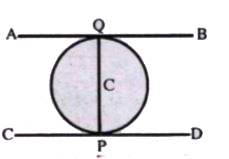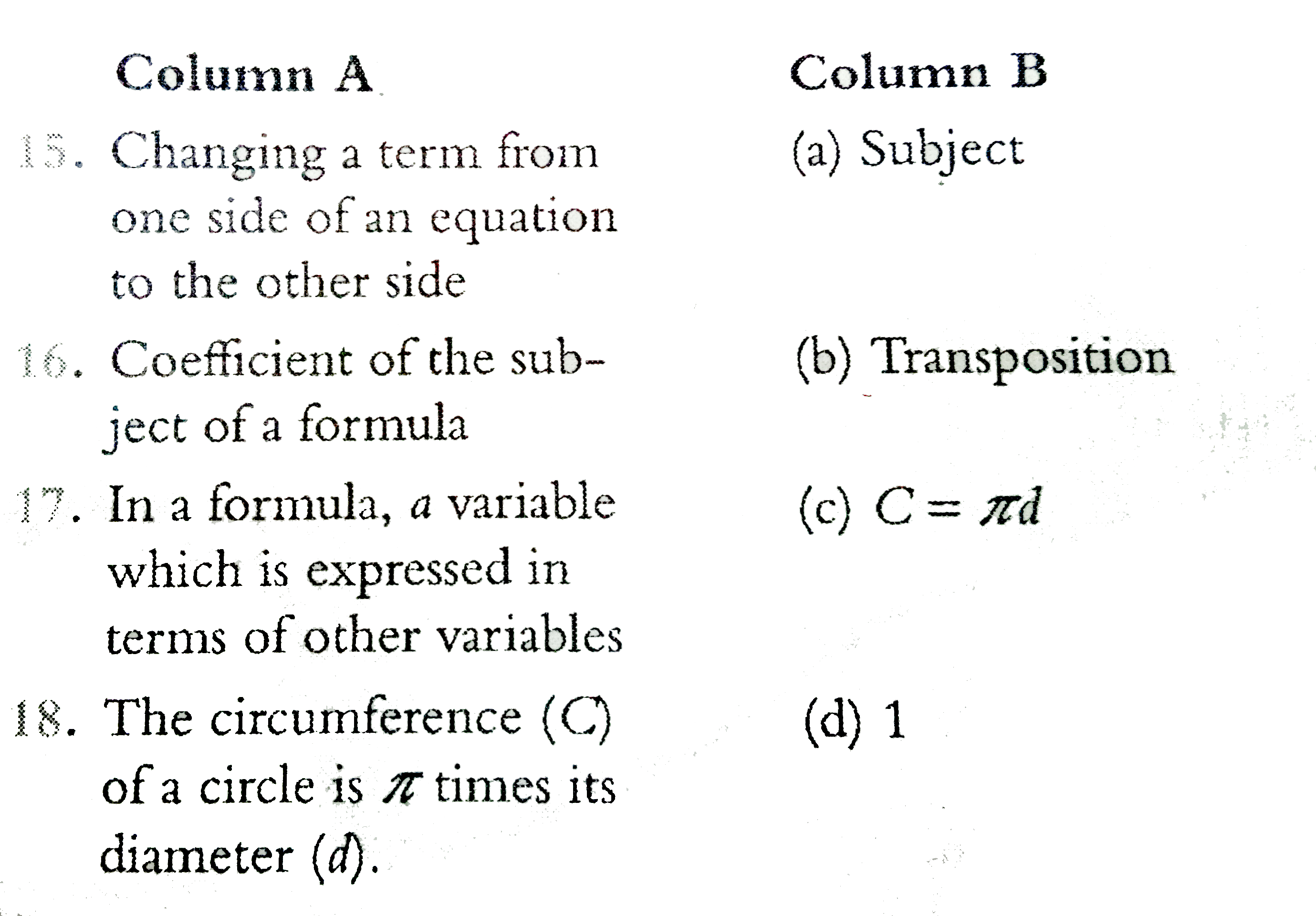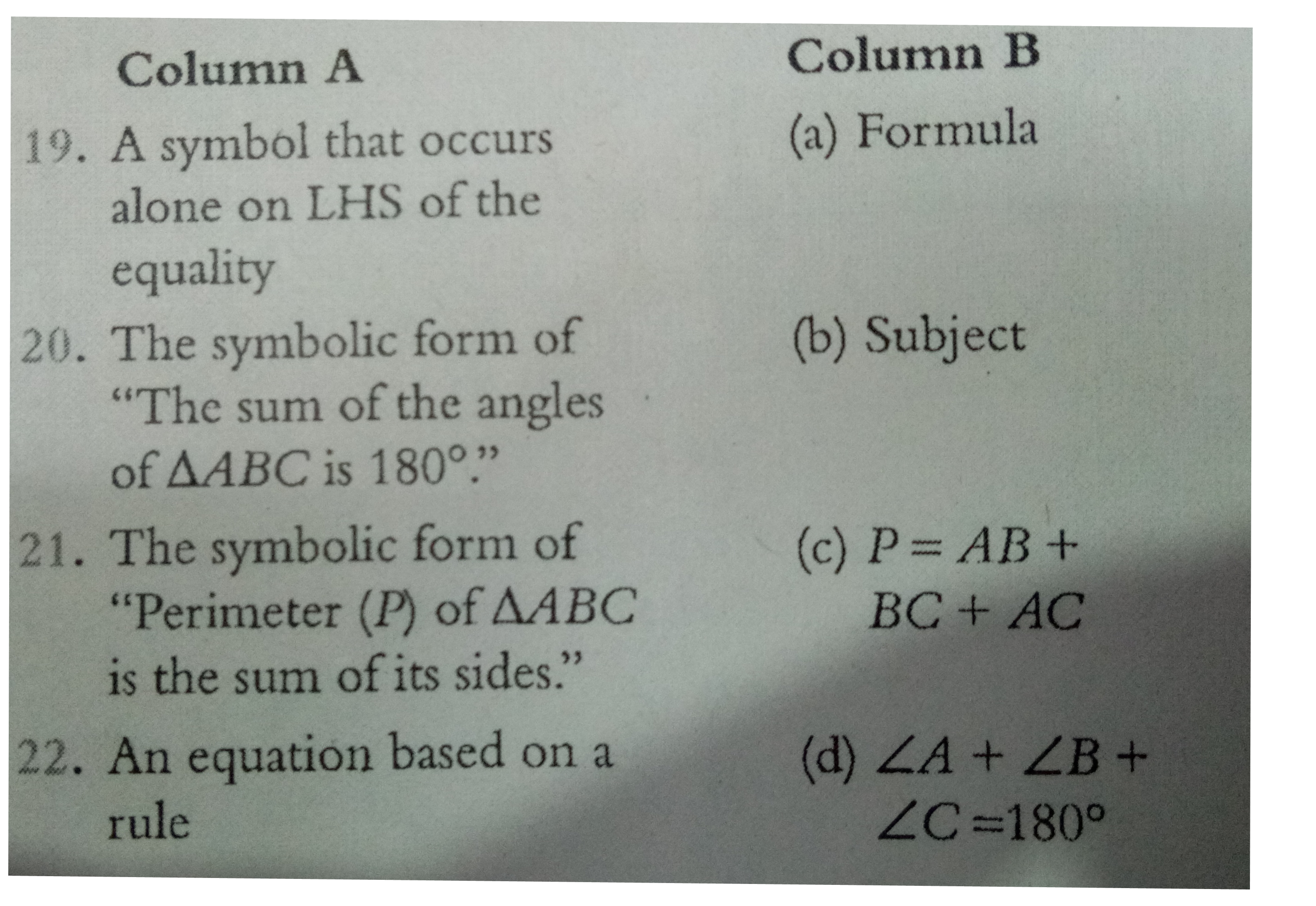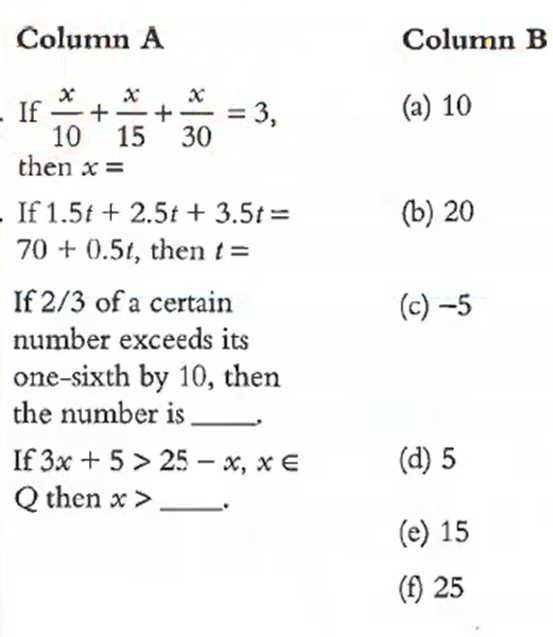सिद्ध कीजिए की स्पर्श बिंदु से स्पर्श रेखा पर खींचा गया लंब वृत्त के केन्द्र से होकर जाता है।

The correct Answer is:c
Step by step video & image solution for सिद्ध कीजिए की स्पर्श बिंदु से स्पर्श रेखा पर खींचा गया लंब वृत्त के केन्द्र से होकर जाता है। by Maths experts to help you in doubts & scoring excellent marks in Class 10 exams.
Updated on:21/07/2023Topper's Solved these Questions
- वृत्तBOOK - KIRAN PUBLICATIONCHAPTER - वृत्तEXERCISE - अति लघु उत्तरीय प्रश्न
22 Videos
- वृत्तBOOK - KIRAN PUBLICATIONCHAPTER - वृत्तEXERCISE - वस्तुनिष्ट प्रश्न
14 Videos
- वास्तविक संख्याएँ BOOK - KIRAN PUBLICATIONCHAPTER - वास्तविक संख्याएँ EXERCISE - वस्तुनिष्ठ प्रश्न
17 Videos
- वृत्तों से सम्बंधित क्षेत्रफल BOOK - KIRAN PUBLICATIONCHAPTER - वृत्तों से सम्बंधित क्षेत्रफल EXERCISE - वस्तुनिष्ठ प्रश्न
13 Videos
Similar Questions
एक बिंदु P से, वृत्त की स्पर्श रेखा की लम्बाई 15 सेमी. हैं और P की दुरी केंद्र से 17 सेमी. हैं,तो वृत्त की त्रिज्या क्या हैं?
View Solutionयदि एक बिंदु P से O केंद्र वाले वृत्त पर PA , PB स्पर्श रेखाएँ परस्पर 80∘ के कोण पर झुकी हों, तो ∠POA बराबर है :
View Solution√2 है:
View Solutionयदि एक अर्द्धवृत का परिमाप 36 cm हो, तो इसकी त्रिज्या है |
View SolutionWhich of the following are correct chain isomers of butane ? (i)
View SolutionDetermine the point of symmetry of a regular hexagon.
View SolutionDtermine the images of the following figure about the given line :
View SolutionMatch the following Column A to Column B

View SolutionMatch the following Column A to Column B

View SolutionMatch the following Column A to Column B

View SolutionThe inequation represented by the graph given below is :
View SolutionThe inequation that best describes the graph given below is _________
View SolutionThe inequation that best describes the following graph is _________
View Solutionरेखा तथा वृत्त के स्पर्श बिंदु के निर्देशांक ……………. है ।
View Solutionएक 2.8 सेमी के वृत्त की रचना कर उस पर स्थित बिंदु P पर एक स्पर्श रेखा की रचना कीजिए।
View Solutionवृत्त के बाहर स्थित बिंदु से खींची गई स्पर्श रेखाओं की संख्या हो सकती है:
View Solution
